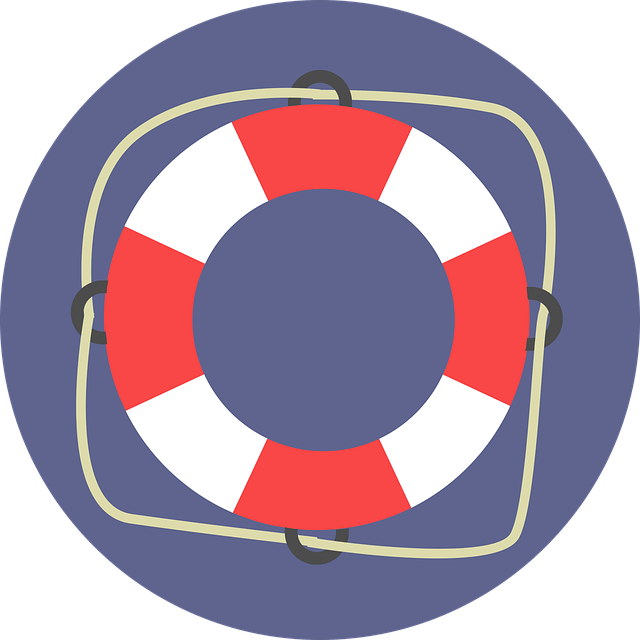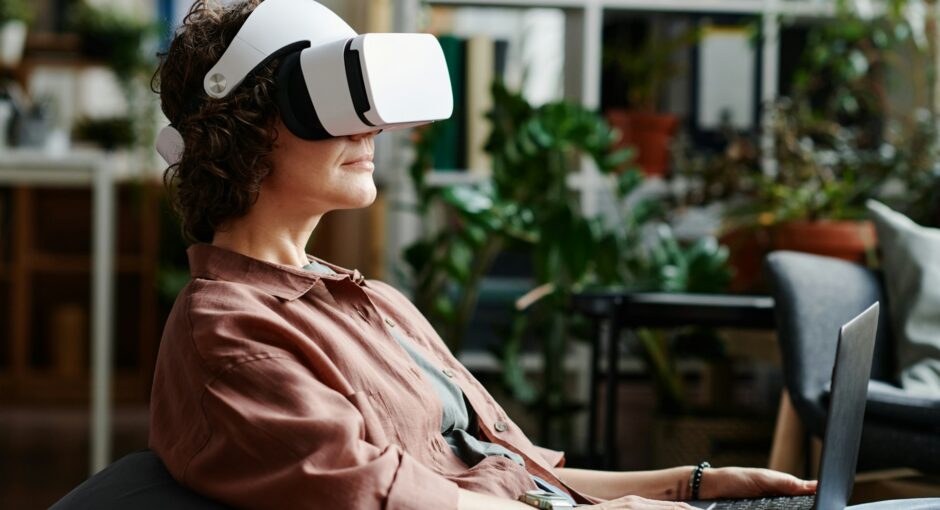Virtual reality (VR) has rapidly gained popularity in recent years, providing users with immersive and interactive experiences. From gaming and entertainment to training and education, the potential applications of VR are vast. However, as with any technology, there are important health and safety considerations that need to be taken into account when using VR. In this article, we will explore some of the key factors to consider to ensure a safe and enjoyable VR experience.
Eye Strain and Fatigue
One of the most common health concerns associated with VR is eye strain and fatigue. When using VR, the eyes are constantly focusing and refocusing at various distances, which can lead to discomfort and even headaches. To minimize the risk of eye strain, it is important to take regular breaks and avoid prolonged use of VR headsets. Additionally, adjusting the headset’s settings to ensure proper IPD (interpupillary distance) alignment can help reduce eye strain and fatigue.
Motion Sickness
Another common issue that some users experience when using VR is motion sickness. This occurs when there is a disconnect between what the eyes see and what the body feels, leading to feelings of nausea and dizziness. To reduce the risk of motion sickness, it is recommended to start with shorter VR sessions and gradually increase the duration as your body adjusts. Taking breaks and focusing on stationary experiences can also help alleviate symptoms.
Physical Safety Precautions
While VR is a virtual experience, it is important to be mindful of physical safety precautions. When using VR, users may be unaware of their surroundings, which can lead to accidents and injuries. To minimize the risk of tripping or bumping into objects, it is advisable to clear the play area of any obstacles and ensure there is enough space to move around safely. Additionally, using safety straps or harnesses can prevent the accidental dropping of expensive VR equipment.
Hygiene Considerations
Due to the nature of VR, where headsets are worn on the face, hygiene is an important consideration. Sharing headsets without proper cleaning can lead to the spread of bacteria and viruses. It is recommended to clean VR headsets regularly with disinfectant wipes or a mild cleaning solution to prevent the buildup of dirt and germs. Additionally, using disposable face covers or silicone covers can help maintain cleanliness and prevent skin irritation.
Emotional and Psychological Impact
VR has the ability to create highly immersive and realistic experiences, which can have both positive and negative effects on users’ emotions and mental well-being. Some experiences in VR, such as horror games or simulations of traumatic events, can trigger anxiety, fear, or distress. It is important for users to be aware of their emotional state and take breaks or avoid certain experiences if they feel uncomfortable. Developers and content creators also have a responsibility to provide appropriate warnings and guidelines for potentially intense or sensitive content.
Conclusion
As the use of VR continues to expand, it is crucial to consider the health and safety implications associated with its use. By being aware of potential risks and taking necessary precautions, users can enjoy the benefits of VR without compromising their well-being. From managing eye strain and motion sickness to ensuring physical safety and maintaining hygiene, these considerations are essential for a safe and enjoyable VR experience.




